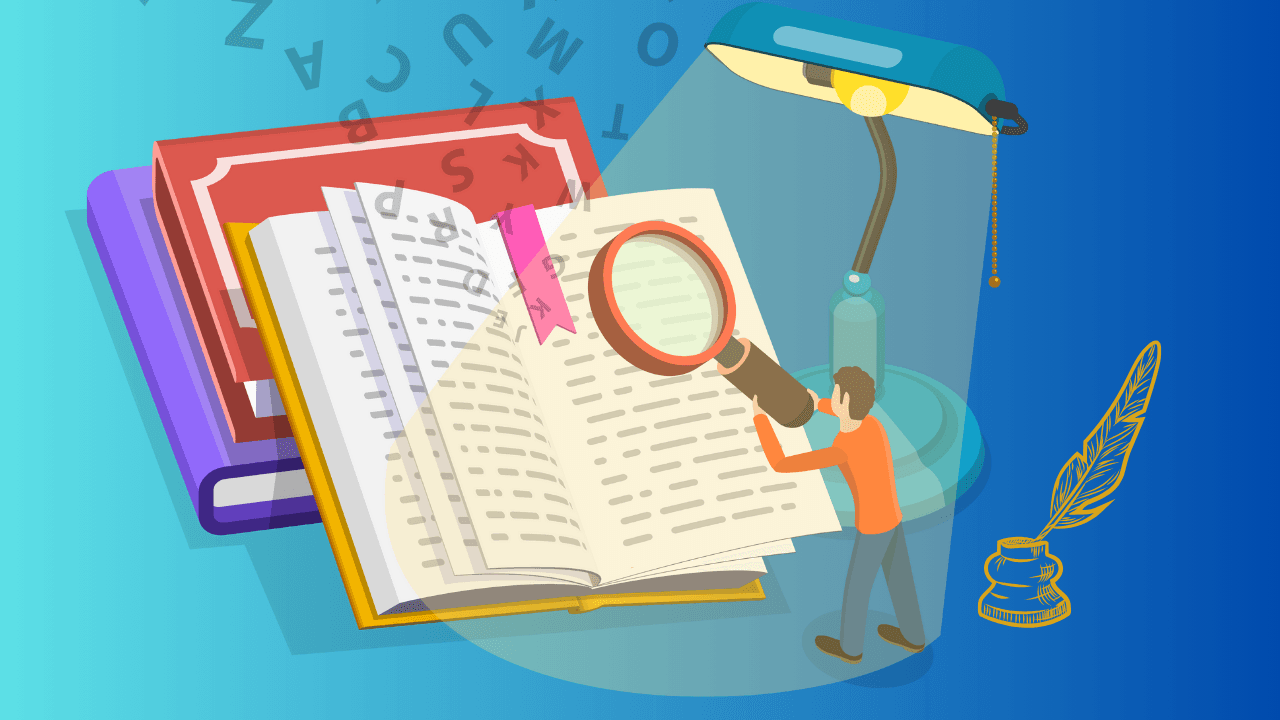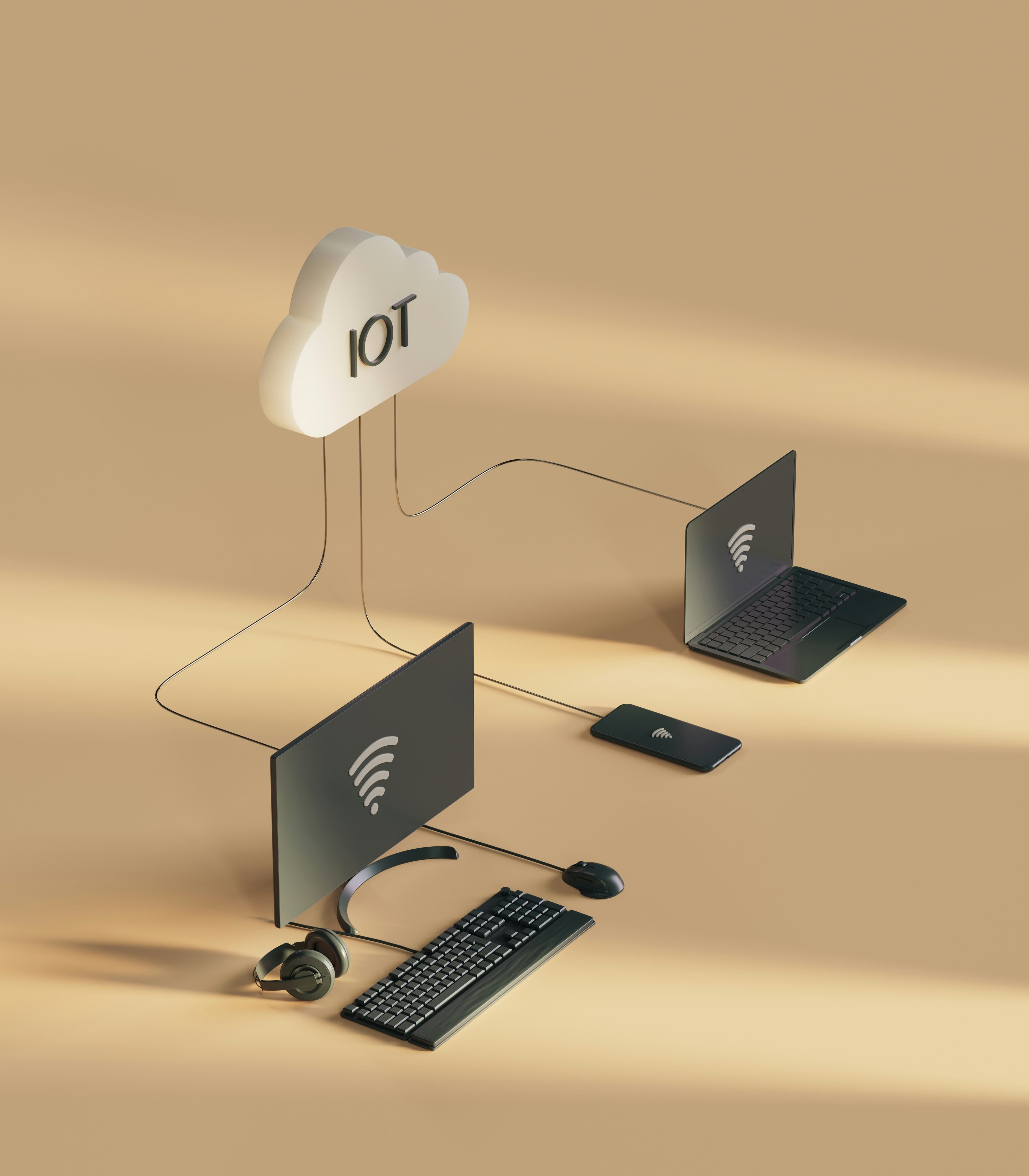Why Smart Organizations Are Moving AI Documentation In-House (And How to Do It Right)
Last Updated on October 7, 2025
by White Widget Team

Max Williams | Unsplash
Ready to Move AI In-House, Securely?
We’re writing this after spending the last year using and implementing AI for documentation for clients across multiple industries like transport, media, and cybersecurity applications—industries where "move fast and break things" isn't an option. At White Widget, we specialize in cybersecurity-first AI implementations, and we've learned some surprising things about what actually works. For the record, if you’re building anything valuable, you should never just upload your proprietary codebase to external tools like ChatGPT.
Why we're sharing this: We're building a secure communications platform at White Widget, which means we face the same challenges our clients do: how to leverage AI productivity tools without compromising sensitive code. Too many organizations think they must choose between accepting the security risks of cloud-based AI tools or missing out on the productivity revolution entirely, but there's a better third option delivering better results than either alternative.
The Problem We Keep Seeing (And Why It's Getting Worse)
The documentation dilemma
Documentation often fails because there is no clear ownership of writing responsibilities, it quickly becomes outdated and untrustworthy, and even when it exists, it's too scattered and disorganized to find when needed—a common issue highlighted in How AI is Changing Engineering Docs.
In our client work, we consistently see the same pattern. Development teams know about GitHub Copilot, DeepWiki, and other AI documentation tools. They understand the productivity potential. But when we ask, "Are you using these for your most sensitive projects?" the answer is always the same: "We can't."
Here's the reality check: tools like DeepWiki transform code repositories into searchable knowledge bases and work great for open-source projects, but you can also self-host them for private code.
The security incident reality nobody talks about
During our cybersecurity assessments, we've seen the aftermath of AI data exposure incidents. Real-world security incidents involving AI tools are increasing, with organizations experiencing data leaks through cloud-based AI platforms.
This creates what we call the "productivity paradox": the developers who would benefit most from AI documentation tools are precisely the ones who can't use cloud-based solutions safely.
Our Approach: Local Hosting That Actually Delivers
What we learned from our own integration challenges

Source: The Data Scientist
As How AI is Changing Engineering Docs aptly puts it, "Traditional documentation is a losing battle — the complexity of modern software has outpaced our ability to manually maintain comprehensive docs." This insight resonates with our experience.
When our mobile team and web teams needed a source of truth when working on our secure chat platform, we faced a classic documentation challenge. Excellent code, sparse documentation, unfamiliar programming language. Traditional approach: weeks of manual code exploration, trial-and-error integration, and potential technical debt from rushed implementation.
Instead, we spun up a self-hosted DeepWiki Open on our servers, plugged in open-source LLMs via Ollama, and let it ingest the public SDK code repository that has unfamiliar programming language and sparse documentation. The setup of the private network was discussed in this article Self-Hosting AI Stack Options in 2025: Edge-to-Cloud Strategies that Cut Costs.
Within hours, the system produced navigable docs complete with dependencies and data-flow diagrams. Moreover, it features a chat interface to our Ollama models for “how-do-I” questions without a single line of proprietary code leaving our private network.
Results: Integration work that typically takes a week was completed in a few days. Onboarding time needed also dropped, and we identified features that could improve the current system, like having the ability to query multiple documentation from different code repositories. We plan to add these customizations to the system. Overall, the AI-generated docs turned a maintenance burden into a strategic asset.

The cybersecurity-first difference
Our implementations start with security architecture, not AI capabilities. Local hosting architecture we deploy:
- Complete data sovereignty with zero external processing
- Integration with existing access controls and audit systems
- Custom security policies aligned with HIPAA, SOC-2, and GDPR requirements
- Audit trails that satisfy compliance frameworks across regulated industries
Beyond Software: Applications We're Seeing Across Industries
Healthcare: From liability to competitive advantage
Healthcare organizations are implementing AI for revenue cycle management. Hospital systems can now automate compliance documentation, generate training materials for new procedures, and create patient communication templates—all while maintaining HIPAA compliance through local hosting.
Fintech: Regulatory documentation that scales
Financial services clients face constant regulatory updates requiring documentation revisions across hundreds of procedures. Now fintechs can use AI systems that automatically update compliance guides, generate audit documentation, and create training materials for new regulations.
This means that fintech companies could maintain regulatory documentation in real-time rather than scrambling during audit periods. Their AI system tracks regulatory changes, identifies affected procedures, and generates updated documentation automatically.
The Chat Platform Integration Opportunity
Making documentation conversational
One of our most successful implementations combines AI-generated documentation with conversational interfaces. A chatbot can handle thousands of customer inquiries monthly while integrating with existing communication platforms. We've extended this concept to internal knowledge management.
Imagine asking your company's documentation system, "What's the integration process for the new payment API?" and receiving not just links to documentation but step-by-step guidance tailored to your specific implementation context. That's what we're building for clients across regulated industries.
CI/CD integration we're implementing:
- Automatic documentation updates with code changes
- Integration testing for documentation accuracy
- Version control for both code and generated documentation
- Rollback capabilities that maintain documentation consistency
The result is documentation that evolves automatically with your codebase while maintaining two critical advantages: security within your internal environment and conversational accessibility that makes knowledge actually usable.
Implementation Strategy That Minimizes Risk
Our proven deployment approach
After implementing AI documentation systems across multiple regulated industries, we've developed a risk-minimized deployment strategy that starts small and scales based on demonstrated value:
Initial Proof of Value. We start with a focused team on non-sensitive projects. This phase focuses on measuring baseline metrics, establishing security protocols, and demonstrating capability without business risk.
Controlled Expansion. Gradual rollout to additional teams with sensitive project integration. Security monitoring, compliance verification, and productivity measurement throughout expansion.
Enterprise Scale. Organization-wide deployment with full CI/CD integration, conversational interfaces, and cross-functional accessibility.
The security-first architecture we build
Every implementation starts with threat modeling specific to your industry and regulatory environment. Enterprise AI adoption requires breaking through security and compliance gridlock through properly designed local hosting solutions.
Our cybersecurity integration approach:
- Zero trust architecture with role-based access controls
- Audit logging that exceeds regulatory requirements
- Encryption at rest and in transit within your infrastructure
- Integration with existing security monitoring and incident response systems
We've found that organizations initially concerned about AI security risks become advocates for expanded deployment once they experience security-enhanced rather than security-compromised AI capabilities.
The Competitive Landscape Reality
What we're seeing
In our client work, we consistently see organizations gaining competitive advantages through AI capabilities while their competitors remain constrained by security concerns.
Market positioning advantages we're observing:
- Faster development cycles enabling earlier market entry
- Superior talent retention through modern tooling availability
- Enhanced operational efficiency, improving profit margins
- Reduced compliance overhead, freeing resources for innovation
The pattern is clear: organizations solving AI security challenges first are establishing market positioning advantages that compound over time.
The regulation-as-competitive-advantage insight
Here's something we've learned from our regulated industry work: compliance requirements aren't obstacles to AI adoption—they're justification for superior implementations. While less-regulated competitors might settle for cloud-based solutions, regulated organizations implementing local AI hosting gain capabilities that exceed cloud alternatives.
This creates sustainable competitive advantages in markets where regulatory compliance is table stakes, but operational efficiency determines market leaders.
Why This Approach Works (And Why Others Don't)
The technical expertise that makes the difference
At White Widget, we combine AI implementation expertise with deep cybersecurity knowledge. This isn't just about deploying AI tools—it's about implementing AI systems under secure ownership while delivering measurable business value.
The client outcomes that matter
Our implementations consistently deliver productivity improvements while enhancing rather than compromising security. Clients report developer satisfaction improvements, reduced onboarding time, and operational efficiency gains that extend far beyond documentation tasks.
More importantly, they report confidence in their AI strategies. Instead of choosing between productivity and security, they achieve both through properly implemented local hosting solutions.
Next Steps: Leveling Your Organization's AI Game
The AI documentation revolution is happening with or without your participation. The question is whether your organization will lead this transformation or react to competitive pressures created by others' strategic implementations.
The conversation we have with prospective clients covers:
- Current documentation challenges and quantified business impact
- Regulatory requirements and compliance framework integration
- Local hosting architecture designed for your security environment
- Implementation roadmap with measurable milestones
- Competitive positioning advantages available through early adoption
This isn't vendor education—it's strategic planning for competitive advantage through AI-powered operational excellence while maintaining the security and compliance standards your industry demands.
Ready to explore how AI documentation can work within your security requirements? Let's discuss how White Widget's cybersecurity-first approach can deliver the productivity benefits you're seeing in the market while maintaining the security standards your industry requires.
About the Authors
White Widget Team is known for delivering holistic, award-winning software solutions across diverse sectors such as transport, healthcare, and media, emphasizing a comprehensive approach to digital innovation, since the company was founded in 2012.

Article•
Digital Twins in IoT-enabled Transportation: From Predictive Maintenance to AI Integration
Explore how Digital Twins are transforming smart transportation through predictive maintenance, AI integration, and vendor-neutral system design; powered by semantic modeling and knowledge graphs.

Article•
Harnessing AI To Build Lightning-Fast Customer Insights in Natural Language
If you're like most businesses, you've collected much more data in the past than you need, relying on analysts and dashboards to turn your mountain of data points into actionable insights. In this article, our AI and Data Science team will show you some key ideas on how you can make super-fast natural language insights work for you by leveraging LLMs.